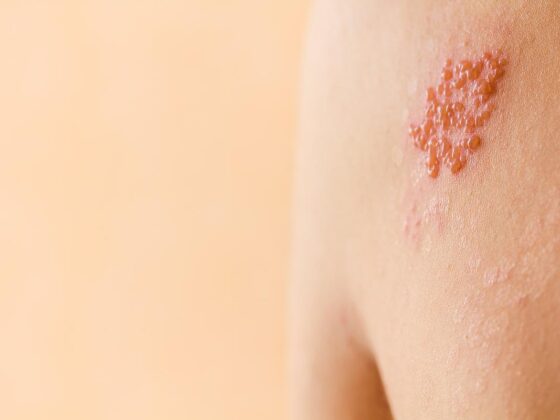As the pandemic continues, so does the flood of COVID-19 information in newspapers, as well as on broadcast and social media. Some of the reporting consists of the latest data on the number of cases and deaths in the US. Other coverage reflects the latest from a variety of sources that may or may not be credible on public health measures, treatments and vaccines. Determining which information is factual versus a myth can be challenging.
Last weekend, a friend sent me the following the Centers for Disease Control (CDC) information from a Facebook “share”:
“If you test positive: A positive test result shows you may have antibodies from an infection with the virus that causes COVID-19. However, there is a chance a positive result means that you have antibodies from an infection with a virus from the same family of viruses (called coronaviruses), such as the one that causes the common cold.”
I assumed she sent this as an example of misinformation given our recent conversation about false COVID-19 information on social media. I was wrong. Her friends were sharing the post to “discredit” COVID-19 testing and the CDC. The Facebook post was indeed taken from the CDC’s website – but from a section on antibody testing. The Facebook groups sharing the post were incorrectly assuming the information referred to nasal swab testing. Facebook has since shaded the post and states: “The information in this post is a mix of true and false statements or it could simply be incomplete. In some cases, the information is misleading.”
For this Weekend’s Reading, check out This Week @ CDC for links on reopening schools and new guidance regarding no longer needing testing to end isolation. Dive into the articles in The Other Pandemic: COVID-19 Misinformation for a sampling of COVID-19 myths; a great example of an employer website addressing rumors; and a helpful infographic on how to spot fake COVID-19 news.
I hope you enjoy the following:
1. This Week @CDC
- New CDC guidelines say people with mild to moderate COVID-19 only need to isolate 10 days
- New York Times: Covid-19 Patients No Longer Need Tests to End Isolation
- CDC Opening Schools
2. The Other Pandemic: COVID-19 Misinformation
a. Rumor Has It
- Harvard T.H. Chan School of Public Health and Dana-Farber Cancer Institute: The Viswanath Lab: Myths vs Facts
- Mayo Clinic Health System: Debunked myths about face masks
- Boehringer Ingelheim: COVID-19: Science against fake news and misinformation – As there is no evidence that animals can transmit the new Coronavirus to humans, the livestock community highlights scientific information to join online battle against false claims.
- Fairfax County VA: COVID-19 Myth and Rumor Control
b. Everybody Talks
- World Economic Forum: Our itch to share helps spread COVID-19 misinformation
- Time: The Misinformation Age Has Exacerbated—And Been Exacerbated By—the Coronavirus Pandemic
- Pew Research Center: A look at the Americans who believe there is some truth to the conspiracy theory that COVID-19 was planned
c. Stopping the Spread
- Forbes: Combating The Spread Of Covid-19 Misinformation At Work
- The International Federation of Library Associations and Institutions (IFLA): How to Spot Fake News – COVID-19 Edition — Infographic
- WebMD: Facebook Removes Anti-Maskers for Misinformation
- Nature: Coronavirus misinformation, and how scientists can help to fight it
Regards,
Suzanne
Suzanne Daniels, Ph.D.
AEPC President
P.O. Box 1416
Birmingham, MI 48012
Office: (248) 792-2187
Email: [email protected]



